From full-scale webcasting to accessibility innovations, Bihar’s November polls will test India’s next generation of democratic infrastructure
Patna, October 17, 2025 — In a sweeping bid to modernize the electoral process, the Election Commission of India (ECI) has unveiled 17 new reform initiatives for the upcoming Bihar Assembly elections, calling the state’s two-phase poll a “national laboratory for next-generation electoral management.”
The measures—ranging from 100 percent live webcasting at booths to end-to-end accessibility support for senior citizens and persons with disabilities—seek to make elections faster, fairer, and more inclusive. Officials say the Bihar model will form the template for future nationwide rollouts, including the 2026 Assembly cycle and the 2029 Lok Sabha polls.
With polling on November 6 and 11 and counting slated for November 14, the ECI has positioned Bihar as a technology-driven pilot, where innovations in transparency, logistics, and human-centred design will be field-tested under real electoral stress.
I. Why Bihar? The Laboratory of Democracy
Bihar’s electoral diversity—rural expanses, dense urban clusters, and migratory populations—makes it an ideal testing ground. Historically, the state has posed challenges: high booth density, infrastructural gaps, and complex caste-community dynamics.
ECI Commissioner Rajiv Kumar called Bihar “the stress test every electoral reform must pass.”
“If a reform works in Bihar—with its mix of terrains, turnout levels, and social sensitivities—it can work anywhere in India,” he told reporters in New Delhi.
The Commission’s 17-point plan thus combines digital transparency tools with on-ground human facilitation, aiming to address both skepticism and accessibility.
II. The 17 Reforms at a Glance
| Category | Reform Step | Objective |
| Transparency & Monitoring | 100% webcasting from all polling stations | Real-time surveillance to deter malpractice |
| Booth-wise micro-observer dashboards | Faster anomaly detection | |
| AI-assisted video analytics pilot | Automated flagging of crowd anomalies | |
| Voter Roll & Data Integrity | Geo-tagged electoral rolls | Mapping booth reachability |
| Door-to-door verification for 18-year-olds | Youth inclusion | |
| De-duplication through Aadhaar consent linkage | Cleaner rolls while maintaining privacy | |
| Accessibility & Inclusion | Wheelchair-friendly booth design template | Universal design compliance |
| Mobile polling units for 80 + citizens & PwDs | Voting from residence option | |
| Priority “green” queue management | Reduced waiting time for vulnerable voters | |
| Sign-language interpreters in urban booths | Inclusive communication | |
| Logistics & Efficiency | Smart Q-App for voter timing slots | Crowd distribution |
| Predictive logistics engine for EVM deployment | Route optimization | |
| Solar-powered polling kits | Power resilience in off-grid blocks | |
| Accountability & Audit | QR-coded Form 17C results | Tamper-proof trail |
| Third-party post-poll audit | Independent benchmarking | |
| Awareness & Engagement | ‘Know Your Booth’ digital maps | Voter guidance |
| Campus outreach for first-time voters | Democratic literacy |
III. The Technology Backbone
The ECI’s Technology & Innovation Division has partnered with C-DAC, NIC, and select IIT labs to integrate secure cloud-based architecture for live streams. Each booth’s webcast feed is time-stamped, encrypted, and archived for 90 days.
AI-driven anomaly detection will test algorithms that flag unusual crowd behaviour, such as sudden voter surges or long stagnations in queues. Officials insist the system functions without facial recognition, ensuring privacy compliance.
All polling personnel have undergone two-tier training—one on hardware setup, another on communication and escalation protocols.
IV. Accessibility Revolution
For the first time, Bihar’s polling stations will adhere to the Accessible India Campaign (Sugam Bharat) design norms.
- Ramps with 1:12 gradient and tactile flooring are mandated.
- Polling volunteers will accompany elderly voters to and from transport points.
- The ‘Mobile Polling Unit’—a van equipped with EVM, VVPAT, and EC observers—will visit care homes and disability clusters.
Civil-society partners like Bihar Disability Forum have co-created user guides. “This is not charity; it’s citizenship with dignity,” says activist Suman Jha.
V. Webcasting: Transparency in Real Time
Over 75,000 cameras will livestream from booths across 38 districts. Footage is routed to three control layers—district, state, and central EC command rooms.
Supervisors can flag irregularities instantly.
In 2020, only 40 percent of Bihar booths were webcast. The full-coverage model now aims to deter booth capture, bogus voting, and intimidation, long-criticized vulnerabilities.
Cyber experts have added multi-factor authentication for stream access and AI watermarking to prevent doctored clips.
VI. Queue Management & Green Booths
The Smart Q App allows voters to check real-time crowding and pick optimal time slots. It is synced with the Commission’s SVEEP outreach (Systematic Voters’ Education and Participation).
Pilot “Green Booths” in Patna City and Gaya will feature shade canopies, drinking-water units, and mobile toilets—funded jointly by CSR partners. Each has signage in Hindi, English, and Braille.
VII. Data Integrity and Voter Roll Cleanup
The ECI’s Integrated Roll Management System 2.0 uses geo-referencing to map electors against booth coordinates, reducing duplication in migratory populations.
Field officers verified over 6.2 lakh first-time voters through digital consent forms. Privacy advocates, however, seek clearer data-sharing norms with Aadhaar.
Chief Electoral Officer (Bihar) H.R. Pandey said:
“The guiding principle is voluntary linkage and absolute transparency—no voter will be denied for lack of Aadhaar.”
VIII. Accountability & Post-Poll Audits
For the first time, each Form 17C (votes polled statement) carries a QR code linking to the ECI dashboard, ensuring traceability. Independent auditors from IIM-Patna and NIDM will evaluate parameters such as queue time, accessibility compliance, and error-rate reduction.
Public audit summaries will be published by January 2026. Observers call this a major leap in open-data electoral governance.
IX. Civil-Society and Academic Partnerships
Organizations like ADR (Association for Democratic Reforms) and Lokniti-CSDS are assisting in evaluating voter perception.
Universities have adopted booths for research internships on behavioural turnout analysis—another first.
“The EC is turning elections into a living classroom,” says Prof. R.K. Verma of Patna University. “This elevates democracy from ritual to rigor.”
X. Risk Management & Cybersecurity
With 100% connectivity, cyber threats multiply. A 24×7 CERT-EC cell will monitor network anomalies. Data packets use AES-256 encryption and air-gap replication for offline backup.
Any streaming failure triggers manual fallback recording via body-cams. “We planned redundancy on redundancy,” says NIC project head Poonam Garg.
XI. Human Element: Training the Foot Soldiers
Over 4.5 lakh polling staff and 1.2 lakh security personnel are undergoing drills through the i-Learn e-module platform. The focus: ethics, empathy, and error-free operation.
Mock polls simulate disabled-voter scenarios, crowd surges, and digital troubleshooting.
XII. The Two-Phase Timeline
- Phase 1 — November 6: 94 constituencies across 20 districts.
- Phase 2 — November 11: 149 constituencies across remaining 18 districts.
- Counting: November 14 (under high-security zones).
Each phase includes dynamic deployment of paramilitary and local police with GIS tracking to ensure coverage equity.
XIII. Early Reactions
Political Parties
All major parties welcomed the reforms publicly while voicing concerns privately about AI monitoring bias.
JD(U) called it a “vote of confidence in Bihar’s democratic maturity.”
RJD sought assurances on “data sovereignty.”
Election Watchdogs
NGOs praised the initiative but urged citizen-friendly post-poll transparency reports.
“Pilots must not stay pilots,” said ADR’s Anjali Bhushan. “Let Bihar’s reforms become India’s routine.”
XIV. Broader National Implications
If successful, the Bihar pilots could transform how India votes:
- Nationwide webcast repository to train officials.
- Standardized accessibility scorecards per booth.
- Inclusion of AI crowd analytics in all future elections.
- Move toward digital Form 17C uploads in real time.
The ECI also hinted at exploring blockchain-based e-voting for overseas citizens by 2027.
XV. Challenges Ahead
- Connectivity gaps in remote districts like Jamui and Banka.
- Hardware reliability under erratic power supply.
- Human resistance to new tech among legacy staff.
- Data-protection framework still catching up to tech speed.
Observers warn that “over-digitization without ground sense” can alienate rural voters. Hence, offline fallbacks and human presence remain central.
XVI. The Democratic Philosophy
Ultimately, the 17-point plan is less about gadgets than trust. In an age of misinformation, transparency technologies offer both proof and reassurance that every vote counts—and is counted right.
“Democracy is not self-healing,” Election Commissioner Kumar remarked. “It needs maintenance. Bihar is our service workshop.”
XVII. The Road Ahead
The ECI will release an interim review by December 2025 covering turnout, technical uptime, and citizen satisfaction. Successful pilots may feature in the next All-India Chief Electoral Officers’ Conference for replication.
As Bihar readies for its November test, the world’s largest democracy quietly upgrades its operating system—one booth, one ramp, one camera at a time.
#ElectionCommission #BiharPolls #ElectoralReforms #Democracy #GoodGovernance #Transparency #InclusiveVoting #DigitalIndia


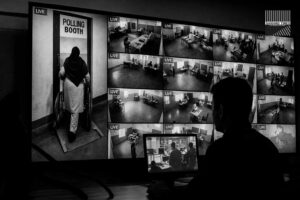










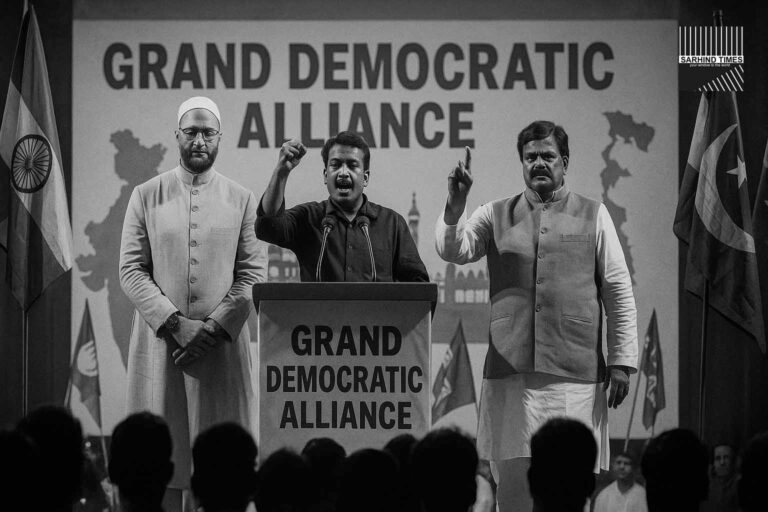
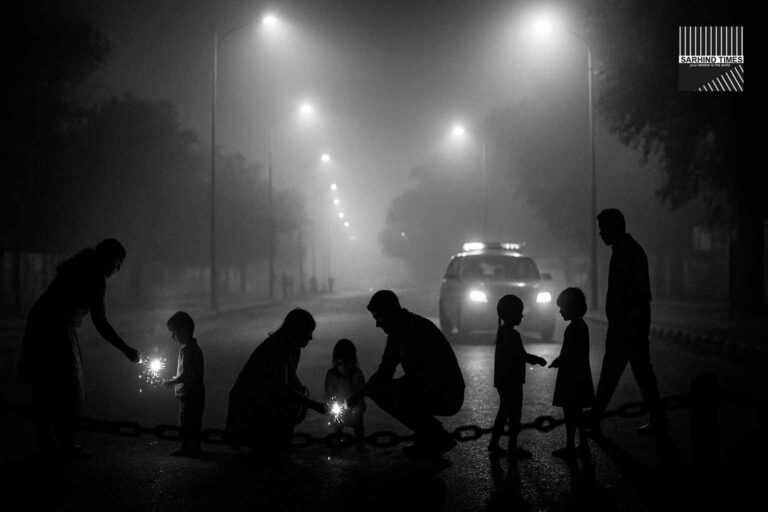

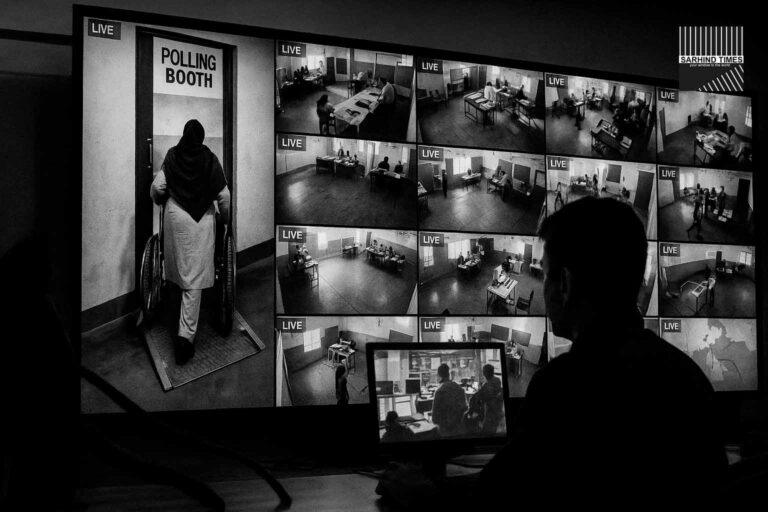
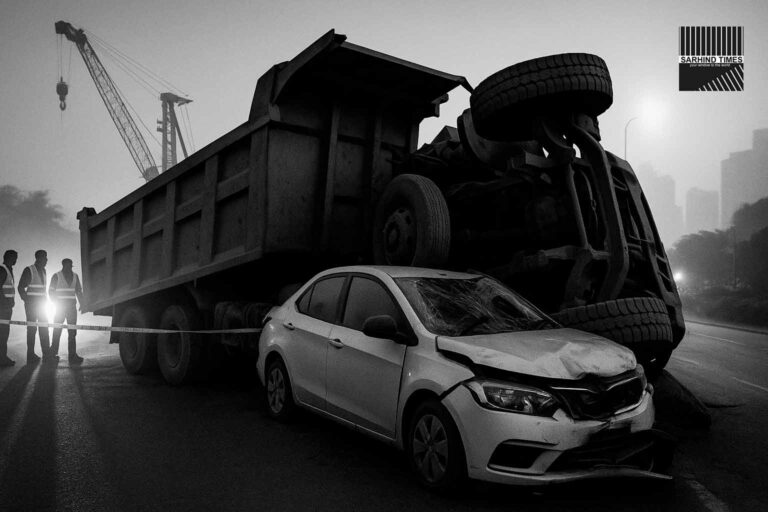


+ There are no comments
Add yours